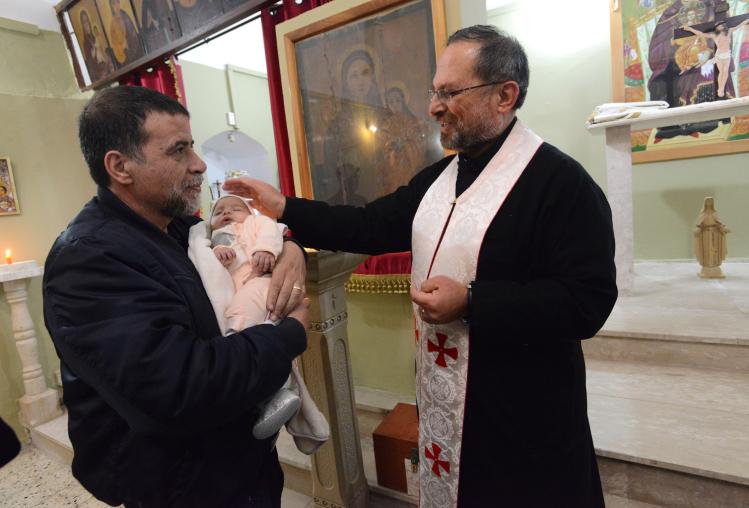
In the scriptures the number fifty is a mystical number. It is associated with deliverance. The jubilee year, described in the Book of Leviticus, was the fiftieth year: it was a time to set captives free, forgive debts, rejoice in the generosity of God, and imitate that generosity toward one another. Scripture scholars point out that we do not know if the jubilee year spoken of in the Bible was actually observed in history; there are no records to prove it. Yet it remained a powerful image of God’s will for restorative justice among his people and care for the earth.
Easter is the Christian jubilee, the commemoration of our deliverance from death through the power of Christ’s Resurrection. The fifty days of the Easter season bring us back to that same mystical number. This liturgical season is a week of weeks, plus the day of Pentecost. It is an experience of “the fullness of time,” not merely a series of days that pass like any other. Easter is a time when Christians are called upon to remember that because of the resurrection we have entered into a new time—the era of redemption. Easter is the vessel of our hope for a renewed cosmos, too; it brings with it an eschatological vision of justice and restoration. If we are going to celebrate anything for an extended period of time, surely Easter is it.
There is a black spiritual that captures well the joy of the promised jubilee of God’s redemption—something which is only capable of being realized in full “when Jesus comes”:
Sign me up for the Christian jubilee,
Write my name on the roll.
I’ve been changed, since the Lord has lifted me.
I want to be ready when Jesus comes.
It might well be heard as a song in praise of baptism, too, as the newly baptized find their names “on the roll” of the Book of Life (Philippians 4:3). This song has been used in celebrations of the Rite of Election, when catechumens sign the book of the elect on their journey to Easter. That rite is filled with eschatological hope, as the catechumens draw near to the font of rebirth.
At the Paschal Vigil, death gives way to life in the celebration of the sacraments of initiation, and the jubilee truly begins. Fifty days of rejoicing, from Easter to Pentecost. Fifty days to marvel at the fact that Jesus is alive and in our midst. Fifty days to reflect on the wonderful truth that the risen Lord has called us and sends us out in mission through the power of the Holy Spirit.
Sadly, the great fifty days of Easter are often celebrated rather weakly in our parishes. Despite excellent lectionary readings, and a rich tradition of Easter theology available to anyone who wants to seek it out, the Sunday assembly during the Easter season can easily slide into “business as usual.” All sorts of things come up to distract us or take away from the focus on resurrection and new life that mark Easter as our most sacred season. The lilies wilt, our temporary baptismal fonts are rolled away, the choir goes on vacation, the neophytes blend into the congregation, and our attention turns to other things—spring break, Mother’s Day, weddings, graduations, and the rest.
How can we recover a robust sense of the fifty days? Certainly, improving the quality of our liturgical celebrations can help. Strong, mystagogical preaching on the readings of Easter, for example, is essential. Liturgical ministries—especially music—must support the fifty days as a time of Easter joy. Catechesis on the liturgy and the lectionary readings can enrich the experience of the season. Praying the Hours, meditating on the Word, and celebrating the Eucharist returns us again and again to the center, the core of what the season is all about.
Yet we also need to cultivate a spirituality of Easter through action. Since the Second Vatican Council raised the concept of the Paschal Mystery to prominence as the central mystery we celebrate in the liturgy, the church has certainly “talked the talk” of death, resurrection, and glory. Yet beneath the surface I suspect that many faithful Catholics remain wedded to an individualistic spirituality centered on Good Friday, with only a sketchy idea of what Easter demands of us.
Perhaps we need to bring to Easter our hopes and dreams of jubilee. Our own debts have been cancelled, our slavery ended, and our losses restored by the sacrifice of Christ. How can we do the same for others? When we discover the answer to that question, Easter joy breaks out anew, and the promise of a new creation becomes concrete.

